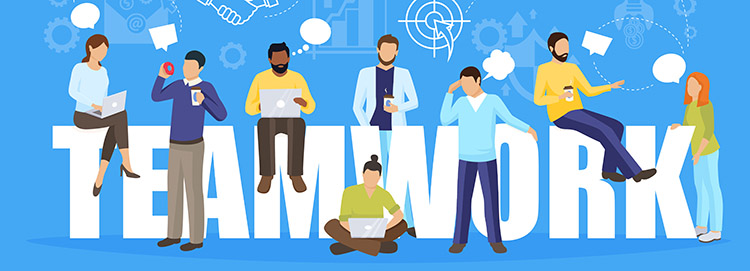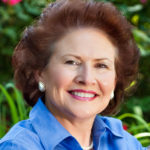
Sales professionals by nature have a laser-like, goal-oriented focus, and they push themselves against all odds to produce outstanding results. Along the way they develop skills and habits that make them more efficient.
But the world we work in continues to evolve, change, and develop, so we have to make sure we are adapting to be just as effective tomorrow as we were yesterday.
Don’t wait for a problem to show you how important it is to stay current and on top of your game.
Sales professionals and their managers need to be purposeful and methodical in considering how they can improve sales, develop strong customer relationships, identify new ways to meet customer expectations and adapt processes toward a fresh level of excellence.
But those efforts require thoughtful analysis and creativity to form new policies and practices.
Just as it is impossible for a high-performance automobile to run at two speeds simultaneously, it is generally not feasible to expect most high-performance persons to function as both a hard-charging performer and a thoughtful, creative analytic.
The two speeds have to be done at two different times in two different kinds of environments.
My advice: Plan now. When in the New Year you will set aside time, energy and effort to be creatively strategic in order to bring about your best sales results in 2020?
1. Clear your calendar. Set a date for your planning session and define a clear agenda; allow everyone to be thinking of critical questions and ideas in advance. Leave ample time for the session, include meals on site, select a time of the month when sales staff are not trying to meet approaching deadlines.
2. Clear your heads. Pick a time of day and week when everyone can be fresh, to focus on the purpose at hand. Only allow creativity be the framework for conversation-don’t stray into a chronic problem solving session-keep that for standing meetings. Do a bit of research on how to be ‘creative’ and relaxed in this kind of a meeting-it is very different than a normal sales meeting; perhaps you aren’t the one to run it-look about you for the right leader for this session.
3. Time. Set aside a large block of time that allows for a slower-paced meeting environment than normal, standard information-out sessions. Plan the agenda to allow for ice-breaker example questions and answers, individual insights to be shared, best-practices to be identified by each person present. And be sure the format of your meeting allows introverts and extroverts alike to fully participate.
4. Set the tone. Right up-front, clearly state what you want the meeting environment to be like. Encourage ideals and ‘what-if’ conversations to be initiated. Specifically set time to talk through complex ideas, take “quiet time” breaks and set a timer, so everyone can have personal time to think through their ideas, points, and possibilities, before reporting out.
5. Push the envelope when brainstorming. Encourage as many out-of-the-box “What-if-we-did-x?” questions to be asked, before you attempt to dissect any of them.
6. Have patience. Don’t demand answers to all questions and ideas. Creativity requires thoughtful cerebral effort, and time; often a good deal more time and cerebral energy than you will have available in one session.
7. Document initial results. Capture ideas, information, and questions. Share them with everyone soon after the meeting. If you can, identify specific action items assigned to individuals to encourage continued consideration of the topics generated, and accountability.
8. Let ideas simmer a while. Before you leave this first meeting, set a date for the next session, and identify the purpose. This keeps everyone looking forward.
9. Finalize plans and goals. At the next session(s), define your new targets, activities, opportunities.
10. Schedule tune-ups. Creativity sessions gain value when you monitor the effectiveness of newly implanted ideas, and hold tune-up sessions outside of normal operational meetings a few times a year.
Creativity can’t be done well when people are tired or distracted, and it can’t be done on demand. Plan time for creatively considering how to help your sales staff enhance their efforts. This allows high-performance professionals to shift gears from overdrive to a calm cruising speed. The results can reinvigorate both people and the processes they use to achieve their next set of sales goals.
Cheryl Kane, is a strategic business consultant, sales trainer, & professional

KANE
speaker specializing in strategic planning and service quality. If you seek assistance in growing your business, need a business speaker, or have a topic you would like to see in this column, Cheryl welcomes your communication at email: [email protected].

Discussion
No comments yet.